Real Estate Finance And Investments 15th Edition By Brueggeman – Test Bank
CHAPTER 11
Investment Analysis and Taxation of Income Properties
TRUE/FALSE
1. Debt coverage ratio measures the degree to which the NOI from the property is expected to exceed the mortgage payment. (T)
2. CPI adjustments shift the risk of unexpected inflation is shifted to the lessor. (F)
3. Expense stops shift the risk of increases in expenses to the lessee while allowing the lessor to retain the benefit of any decrease in expenses. (T)
4. In making an investment decision, IRR analysis will lead to a different “go/no-go” decision than NPV analysis. (F)
5. The equity dividend rate is an accurate measure of investment yield because it takes into account future cash flows. (F)
6. The use of a CPI index in lease contracts shifts risk to the tenant. (T)
7. Expense stops protect the lessee from unexpected changes in market rents. (F)
8. A gross lease is riskier for the lessor than a net lease. (T)
9. The debt coverage ratio is used by lenders to indicate the riskiness of a loan. (T)
10. When calculating the adjusted IRR the cash flows are always discounted to a present value at a safe rate. (F)
11. Property held as a personal residence cannot be depreciated. (T)
12. Residential property is depreciated over 27.5 years where as non-residential property is depreciated over 31.5 years. (T)
13. The deductibility of depreciation to calculate taxable income will usually cause the effective tax rate to be lower than the actual tax rate. (T)
14. When the sale of a passive activity produces a capital loss and unused passive losses from previous years remain, the unused losses can be used to offset any other source of income. (T)
15. If an individual actively participates in the management of a rental property, he may deduct the full amount of the passive activity losses from active income, regardless of his adjusted gross income. (F)


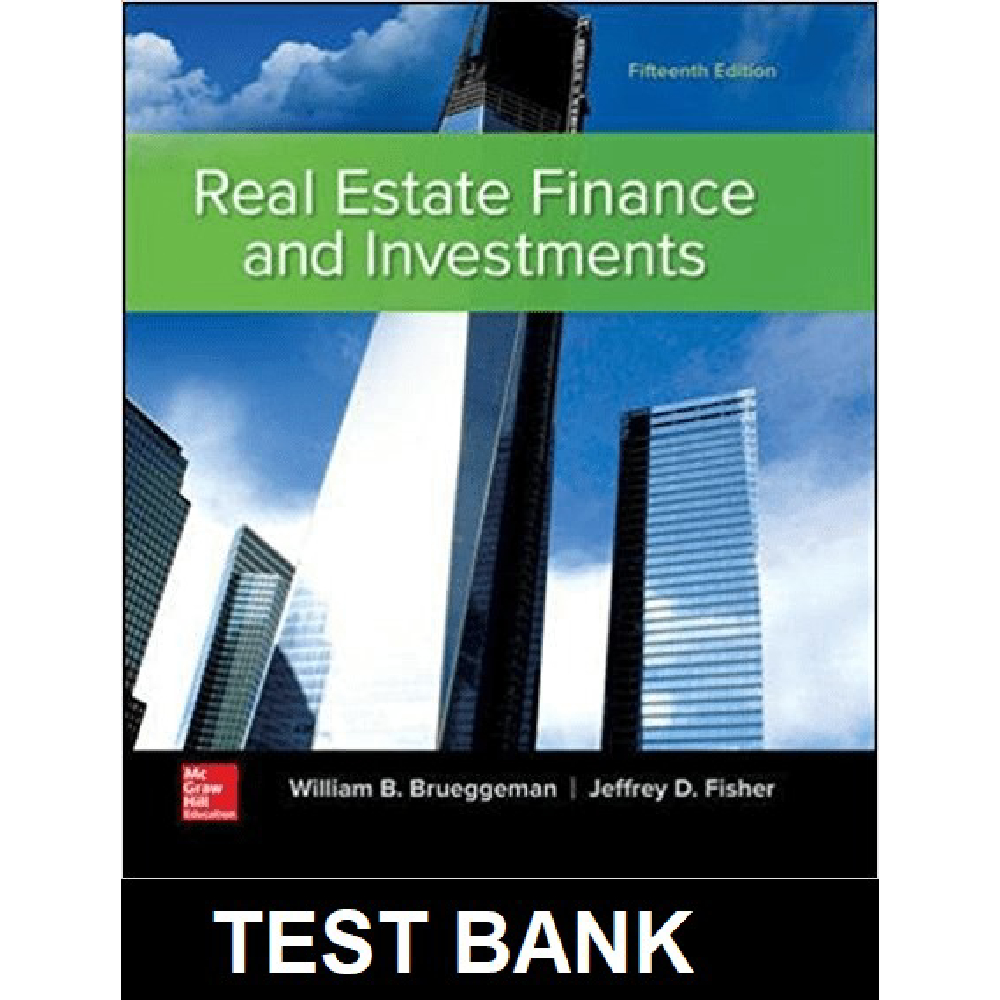


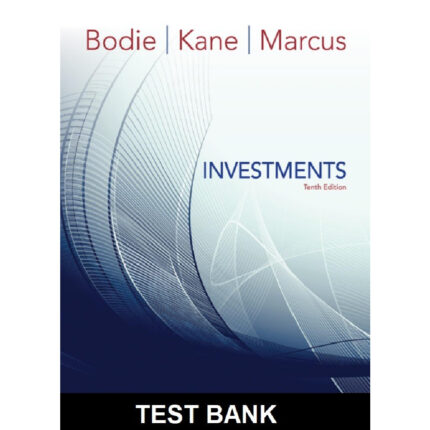

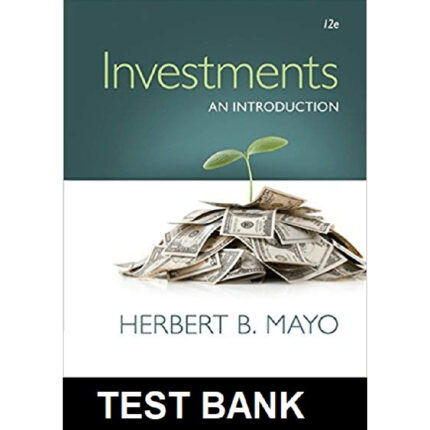

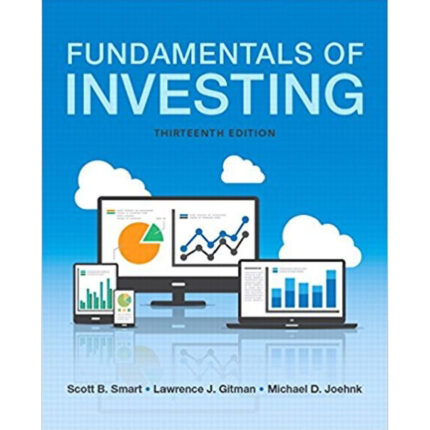


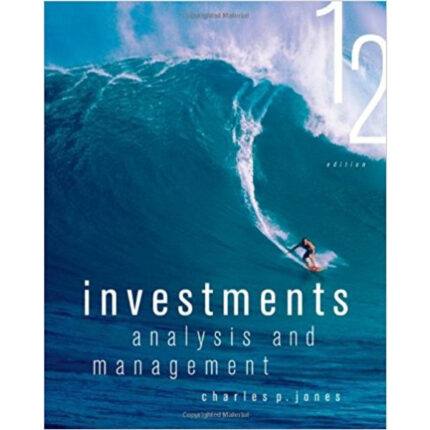
Reviews
There are no reviews yet.